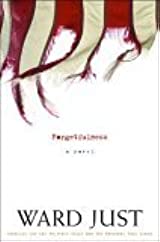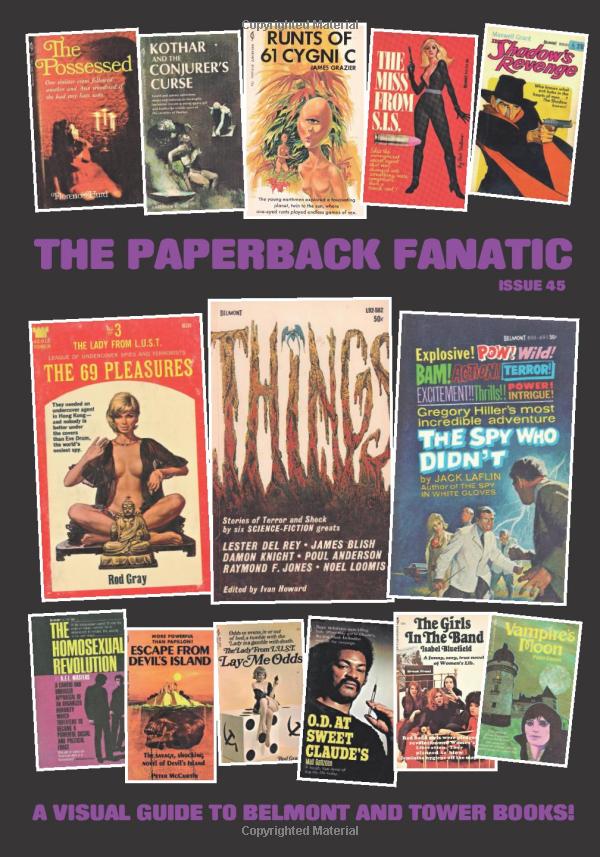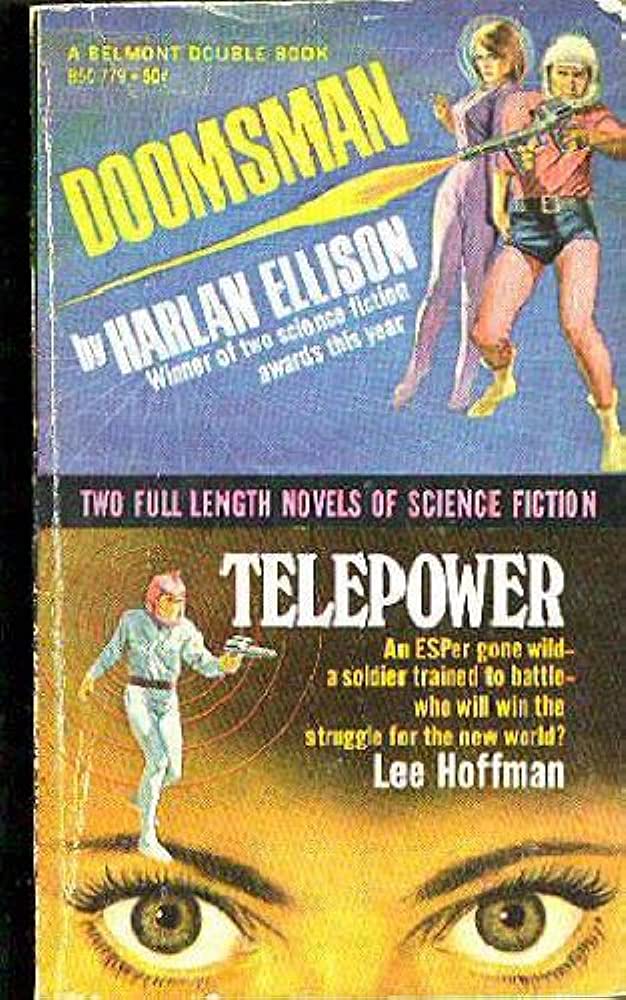I enjoyed Martin Puchner’s The Written World so much I decided to read his new book, Culture: The Story of US, From Cave Art to K-Pop. Puchner takes the reader around the world in this wide-ranging survey of world cultures.
My favorite chapter is Chapter 13: George Eliot Promotes the Science of the Past. I learned a lot about Mary Ann Evans (aka, “George Eliot”) that I didn’t know. I didn’t know she translated the works of German philosopher Ludwig Feuerbach. I discovered she read Hegel and incorporated some of his ideas about History into Middlemarch (1871). And I learned she wrote an essay entitled “Silly Novels by Lady Novelists” that I will have to track down and read.
If you’re in the mood for a breezy tour of thousands of years of cultural development all over the world, Martin Puchner’s Culture is your ticket. GRADE: B+
TABLE OF CONTENTS:
Preface: How culture works — xi
Introduction: Inside the Chauvet Cave, 35,000 BCE — xii
Queen Nefertiti and her faceless god — 1
Plato burns his tragedy and invents a history — 23
King Ashoka sends a message to the future — 36
A south Asian goddess in Pompeii — 53
A Buddhist pilgrim in search of ancient traces — 70
The Pillow Book and some perils of cultural diplomacy — 87
When Baghdad became a storehouse of wisdom — 105
The Queen of Ethiopia welcomes the raiders of the ark — 123
One Christian mystic and the three revivals of Europe — 140
The Aztec capital faces its European enemies and admirers — 164
A Portuguese sailor writes a global epic — 185
Enlightenment in Saint-Domingue and in a Parisian salon — 206
George Eliot promotes the science of the past — 227
A Japanese wave takes the world by storm — 246
The drama of Nigerian independence — 266
Epilogue: Will there be a library in 2114 CE? — 287
Acknowledgements — 305
Notes — 309
Index — 337












